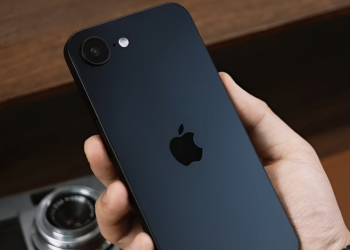SINGAPORE – Amid the Covid-19 pandemic last year, the volume of malware detected for mobile devices, such as smartphones, jumped 15 per cent globally compared with 2019, according to latest figures.
And the number of new mobile malware programs detected in 2020 spiked by 88 per cent, based on figures cyber-security firm McAfee provided to The Straits Times last week.
This is even as recent surveys found many consumers in Singapore to be more lax about security on their mobile gadgets, and many consumers and businesses have gone digital during the pandemic.
“Cyber criminals are getting more and more sophisticated, and they’re always on the lookout for easy targets through the channels consumers spend the most time on. And increasingly, this means our mobile devices,” said Mr Shashwat Khandelwal, McAfee’s head of consumer business for South-east Asia.
“With the boom in digital banking, e-commerce and mobile payment, our smartphones are now gateways to our credit card details, personal data and more. This makes cyber threats targeted at mobile devices a much more lucrative and enticing business for malicious actors.”
In Singapore, the total value of mobile payments made through smartphone apps more than doubled last year to US$2 billion (S$2.7 billion), according to research firm Statista.
Latest figures from McAfee also showed that mobile malware could be rising this year too. In the first quarter, there were 46 million mobile malware programs detected by the firm…


























































